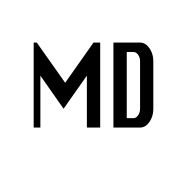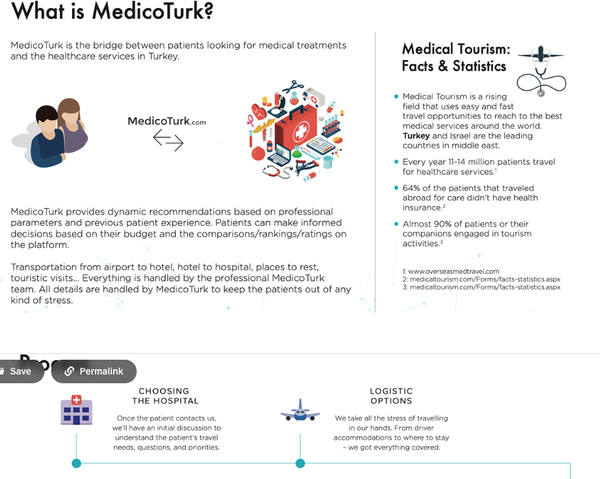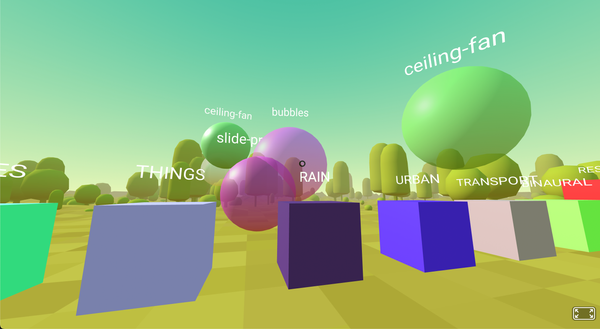Tech Neck: The Hidden Epidemic Among Teens and Tech Workers
Table of Content
As I make my way to work each morning, I’m constantly surrounded by a stream of kids heading to school. As a doctor, it doesn’t take much for me to notice the telltale signs. Their heads are tilted forward, eyes glued to their phones, necks slumped, shoulders rounded.
It's not hard to spot the ones who spend endless hours on their mobile devices. It’s become second nature to me to spot what I now call “Gen Tech Neck,” a condition born from excessive phone use and poor posture, affecting not just teens but adults, too.

Tech Neck, also known as forward head posture, is a modern-day affliction that many of us, especially those in tech fields, have unknowingly adopted as part of our daily routine.
As a doctor, software developer, and father, I’ve seen firsthand how this condition has grown among students, tech workers, and even people outside these fields.
What starts as a seemingly harmless habit of checking your phone or computer for a few minutes here and there slowly morphs into something more significant.
The Consequences of Tech Neck
The consequences of Tech Neck can be severe and long-lasting, especially if it’s left untreated. The forward head posture that results from constantly looking down at devices can lead to a range of problems that affect both the body and mind.
Over time, this poor posture creates significant strain on the neck, shoulders, and spine. The muscles in the neck become overworked, leading to muscle tension, headaches, and even nerve compression.
One of the immediate symptoms people often report is neck pain, which can be constant or worsens over time. But that’s just the beginning. Tech Neck can lead to other long-term effects, such as:
1- Chronic Neck and Shoulder Pain:
Constant forward head posture places a huge burden on the muscles and ligaments in your neck and upper back. Over time, this leads to chronic pain, stiffness, and discomfort.
These muscles aren’t designed to carry such loads, and they begin to wear out, causing misalignments in the cervical spine.
2- Headaches and Migraines:
The strain on the neck muscles and the misalignment of the spine can irritate nerves, leading to tension headaches or migraines.
What people don’t realize is that these headaches aren’t always caused by stress or lack of sleep; they can often be a direct result of poor posture from looking at screens.
3- Reduced Range of Motion:
The forward head posture associated with Tech Neck can limit your ability to turn your head comfortably.
You may feel stiffness or difficulty when trying to move your head in certain directions.
4- Poor Sleep Quality:
As the muscles in the neck tighten from poor posture, it can become increasingly difficult to find a comfortable sleeping position.
The constant tension in the neck and upper back can interfere with your ability to sleep soundly, leading to a poor night’s rest.
5- Increased Risk of Herniated Discs:
Prolonged periods of forward head posture can also increase the risk of more serious spinal issues, such as herniated discs. This happens when the vertebrae in the neck become misaligned and place pressure on the nerves, leading to pain, numbness, and weakness.
6- Impaired Breathing:
The misalignment of the neck and upper back can affect the diaphragm’s ability to function properly. As a result, you may find yourself taking shallow breaths, which leads to reduced oxygen intake and overall fatigue.
These are just a few of the consequences of Tech Neck, but there are many more. For tech workers and students spending long hours hunched over screens, the risk is even greater. Without the proper awareness and discipline to correct posture, the damage continues to build up over time.
Why Awareness and Discipline Are Key
As a doctor, I’ve seen it all. The number of people who come to me complaining about headaches, neck pain, or shoulder stiffness is staggering. But what they often fail to realize is that the symptoms they’re experiencing aren’t the root cause. The real issue lies in their posture—the habits they’ve unknowingly built over the years.
The key to treating Tech Neck is awareness. You have to understand that this isn’t just a temporary issue—it’s a long-term problem that will only get worse with time.
The first step is recognizing when you’re engaging in habits that contribute to poor posture. Whether it's staring down at your phone for hours, slouching while sitting at your desk, or resting your head forward while watching TV, these habits need to change.
But awareness alone isn’t enough. It requires discipline and a commitment to making lasting changes. This means making a conscious effort to sit up straight, engage in stretches and exercises, and take breaks from screen time. It means resisting the temptation to slouch and making posture a priority in your daily life.
Do We Need Discipline or Physiotherapy?
As both a medical professional and a software developer, I see both sides of the equation. On one hand, discipline plays a huge role in preventing and addressing Tech Neck. It’s not enough to just go to physiotherapy and expect results. You need to be proactive in your approach. If you don’t work on your posture and develop healthy habits, physiotherapy alone will only provide temporary relief.
That said, physiotherapy does play an important role in the recovery process for those who already suffer from Tech Neck.
As someone who also specializes in hippotherapy (therapy involving horseback riding), I’ve seen how important proper body alignment is, not just for everyday life but also for more physical activities like riding.
Many of the patients who come to our farm for education and training—especially those new to horseback riding—have Tech Neck, and I’ve had to turn them away. Why? Because the posture issues from Tech Neck can be incredibly dangerous when riding a horse, especially during a canter or gallop.
The body alignment of a rider is critical to both their safety and the horse’s wellbeing. If their neck and spine aren’t aligned, it creates an unstable position, which could lead to falls or injury.
When I explain this to them, many people don’t understand. They’re eager to ride, but they need therapy more than they need to be in the saddle. If they don’t address the underlying posture issue first, they could be setting themselves up for more pain, injury, or even accidents.

The Role of Families and Social Influence
As a father, I’m concerned about the future of this generation. I see kids and teenagers glued to their phones from the moment they wake up until they go to bed. Families are responsible for instilling healthy habits in their children. Unfortunately, many parents are unaware of the consequences of poor posture, and they might not realize how crucial it is to set limits on screen time and encourage better posture. There’s also a lack of awareness and education in schools, where the focus is often on academic performance rather than physical health.
Social influence plays a significant role, too. Kids see their peers engaging in similar habits, and without proper guidance, these habits only get worse. It’s easy to blame the devices or the distractions, but the real issue is the lack of education about the long-term consequences of poor posture.
Families need to step in and offer guidance—not just for kids but for adults as well. It’s about setting the example and encouraging healthier lifestyle choices.
Simple Exercises to Combat Tech Neck
If you’re dealing with Tech Neck, there are some simple exercises you can do to help improve posture and reduce pain. Here are a few:
- Chin Tucks: Sit or stand up straight, gently tuck your chin towards your chest, and hold for 5 seconds. Repeat 10-15 times. This exercise helps realign the neck and strengthens the muscles responsible for supporting proper posture.
- Neck Stretches: Gently tilt your head to one side, bringing your ear toward your shoulder. Hold for 15-30 seconds and repeat on the other side. This stretches the muscles along the neck and shoulders.
- Shoulder Blade Squeezes: Sit up straight, squeeze your shoulder blades together, and hold for 5 seconds. This exercise helps counteract the rounded shoulders caused by Tech Neck.
- Chest Openers: Stand with your hands clasped behind your back and stretch your arms upward, opening up the chest. This stretches the front of your body and helps counteract the slouching posture.
- Standing Posture Checks: Set a reminder to check your posture every 30 minutes. Stand tall with your head aligned over your spine, shoulders back, and chin tucked slightly. This helps reinforce good habits throughout the day.
Final Note
Tech Neck is a modern epidemic that’s affecting people of all ages—especially in the tech industry. As a doctor, I’ve seen its effects firsthand, and as a father and software developer, I’ve witnessed the impact it has on both kids and adults. The key to overcoming this issue is awareness, discipline, and making time for physical exercises that address posture. It’s not enough to rely on physiotherapy alone.
We all need to take responsibility for our own health and make the conscious decision to improve our posture before it’s too late. Whether you’re a student, a tech worker, or a horse rider, the first step to recovery is recognizing the problem and making the changes necessary to create a healthier future.












